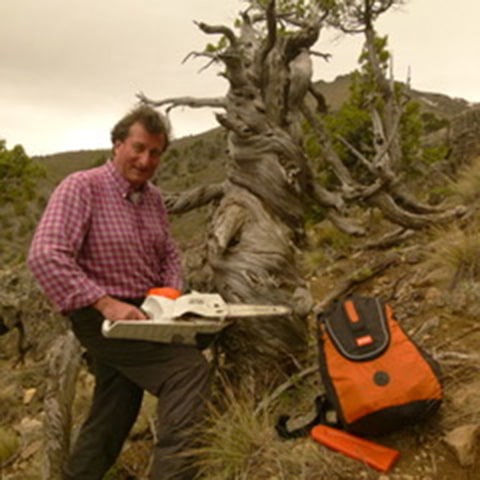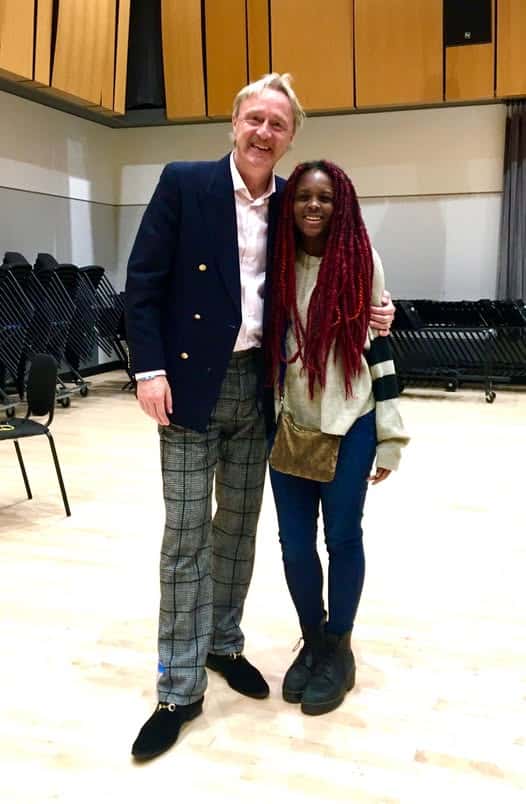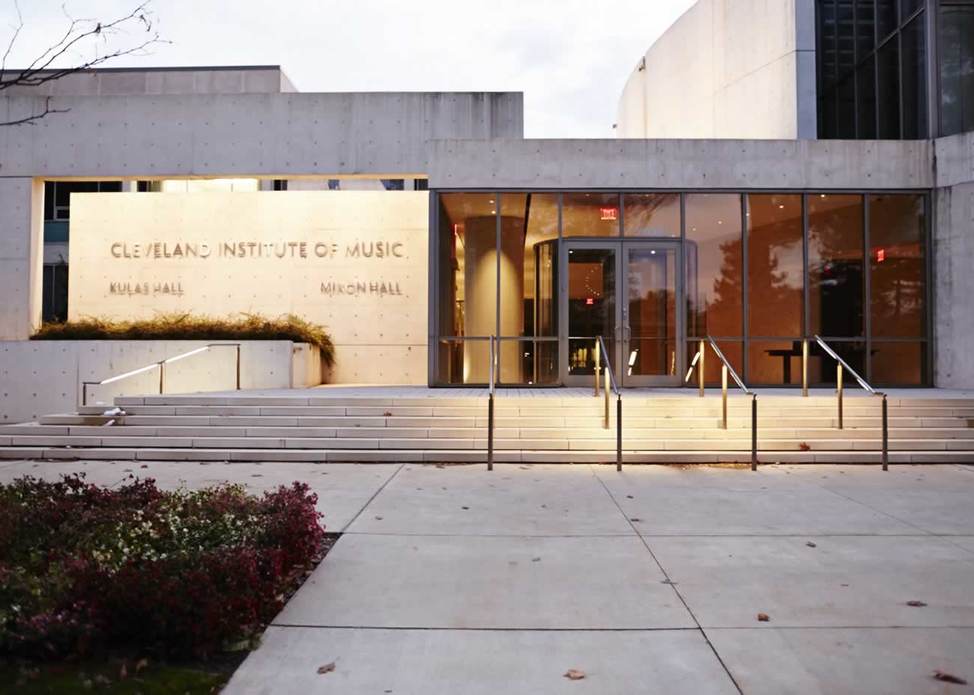How dendochronology can date your violin
NewsFrom an article in Nature magazine by scientist Paolo Cherubini:
… In 2010, I was an expert witness in a legal case about a viola supposedly made in the sixteenth century. I agreed with two laboratories that had independently concluded that it could not have been made before the late eighteenth century.
Dendrochronology cannot precisely date when an instrument was made, but it can identify the most recent year that the wood it was made from was part of a growing tree. Tree rings give probabilities and levels of confidence in a date according to the availability of appropriate reference series.
Dendrochronological analyses can produce conflicting dates, creating confusion about the method’s reliability. The most famous example is the ‘Messiah’ violin made by Antonio Stradivari in 1716. In 1999, doubts were raised about its authenticity when, among other reasons, tree-ring analysis found that the instrument could not have been made before 1738, a year after Stradivari’s death. The finding was based on examining a photograph of the instrument, and was later retracted. The controversy highlighted the limitations of the technique for verifying the authenticity of musical instruments….
Read on here.






Interesting, especially since so much money can be at stake. Of course, this dating issue goes both ways — there is a thriving market for old wood by luthiers, not out of motives of fraud (at least, not as a rule) but because it is such good wood.
When one of the oldest churches in Milwaukee burned down in the 1920s my grandfather was there with a number of other local violin makers to salvage usable beams, which were from trees cut down in the 19th century but very likely were “first growth” trees that took root in the 18th century or even 17th century, since the area was heavily forested when European-based settlers first arrived. Trees of that size were few and far between by the 1920s and 30s. So any dating of the wood wouldn’t have much to do with the date my grandfather or his counterparts wrote on the insides of the fiddles.
No, it’s not completely reliable but I think this is much better than when they had to burn the Stradivarius to carbon date it.
Dendrochronology can give pretty accurate dating of the remaining wood on string instrument tops. The spruce tops have a center joint that may have been planed to make an exact fit. A few years could be lost.
Dendrochronology on violins can be a possible confirmation and not a starting point; sometimes the approach with the analysis of the violin belly is not very credible when it is carried out on a photograph. The object must be analyzed in the laboratory first of all.